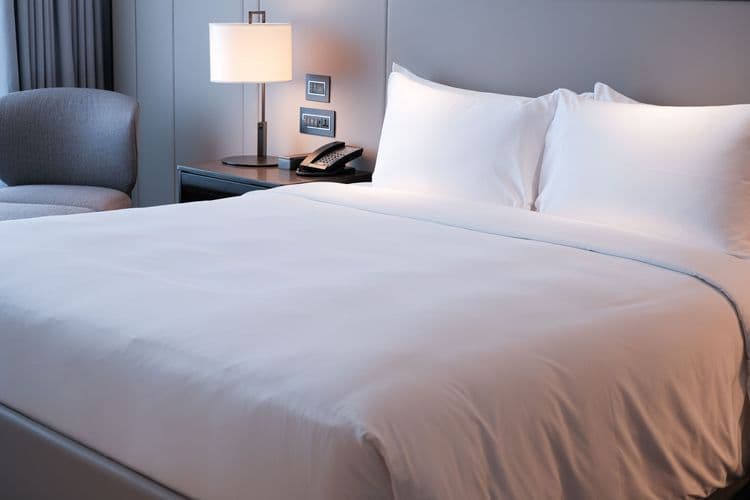Hotels pile beds with excessive pillows to hide the fact that their mattresses are cheap and uncomfortable.The pillow wall creates an illusion of luxury while masking low-quality bedding that would be obvious if you could actually see and feel the mattress properly.
Most hotel mattresses cost under $200 —far less than what guests assume they're sleeping on. The expensive-looking pillow display tricks your brain into thinking the entire bed is premium quality when you're actually lying on budget furniture covered by marketing psychology.
Hotels also use pillow quantity to justify higher room rates.Guests subconsciously associate more pillows with more expensive accommodations, even though pillows are among the cheapest items hotels can buy in bulk. A $5 pillow can make a $100 room feel like a $300 suite.
The pillow strategy extends to cleanliness perception too.Fresh white pillowcases create an impression of cleanliness that distracts from other hygiene concerns. Guests focus on the crisp pillow presentation instead of examining the actual mattress, sheets, or room conditions.
Even more manipulative: hotels arrange pillows to make beds look bigger than they actually are.The pillow wall makes a standard queen bed appear king-sized until you actually lie down and realize there's barely room for two people.
Those Instagram-worthy pillow mountains aren't about comfort —they're about psychological manipulation designed to make you feel like you're getting luxury when you're actually sleeping on the cheapest mattress the hotel could legally install.





